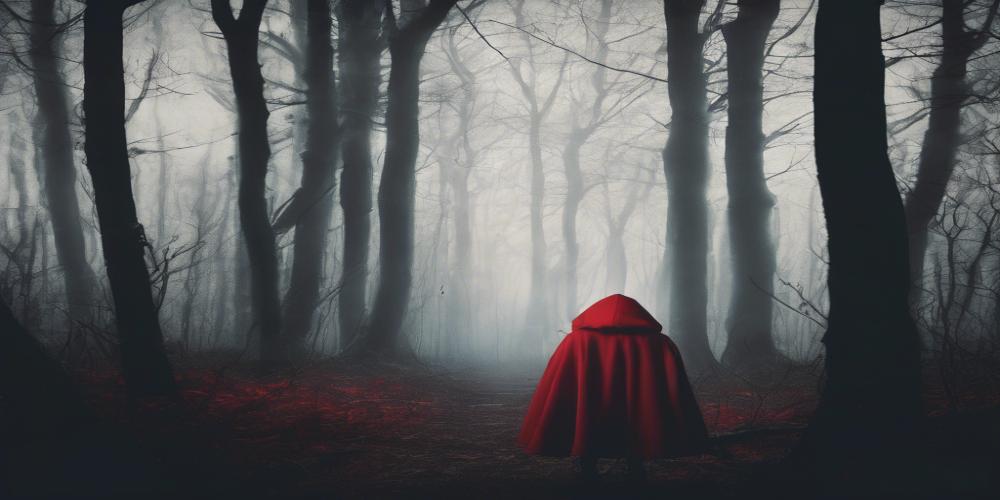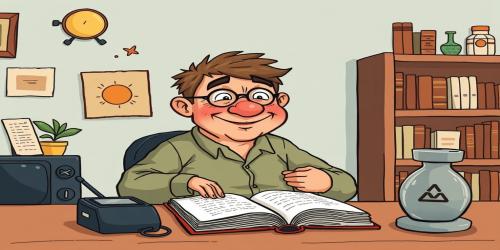Rewriting Childhood Stories with a Dark Twist
Rewriting Childhood Stories with a Dark Twist
Childhood stories are often filled with innocence, adventure, and wonder. However, what happens when we take these beloved tales and rewrite them with a darker twist? Exploring the darker undertones of familiar narratives can provide a fresh perspective and challenge our understanding of these stories. In this article, we will delve into the art of transforming a classic childhood story into something haunting and thought-provoking.
The Essence of Dark Reimaginings
When rewriting childhood stories, the goal is to retain the core elements that made them memorable while injecting elements of darkness and complexity. This can involve exploring themes of fear, loss, betrayal, or moral ambiguity. By doing so, we open doors to deeper emotional connections and promote critical thinking about the original narratives.
A Classic Example: Little Red Riding Hood
Let’s take the classic tale of Little Red Riding Hood. In the traditional version, a sweet girl ventures through the woods to visit her grandmother, only to be confronted by a cunning wolf. In a darker reimagining, we could explore the psychological horror aspect. What if the wolf is not just a literal predator, but a symbol of the dangers lurking in the subconscious? Little Red could be portrayed as experiencing nightmares and paranoia, having to confront her deepest fears as she navigates through her twisted reality.
Creating Atmosphere
The key to a dark retelling lies in the atmosphere. Colors, imagery, and language play crucial roles in setting the tone. Using vivid descriptions that evoke fear and uncertainty can transform a light-hearted story into a chilling experience. The use of shadowy forests, eerie sounds, and unsettling encounters can pull readers into a world that feels both familiar and foreign.
Character Development
In dark retellings, characters often take on deeper, more complex traits. For instance, the innocent protagonist may grapple with moral dilemmas or discover hidden strengths in the face of darkness. This evolution of character can lead to rich storytelling that resonates with an older audience. Moreover, supporting characters can become antagonists, revealing frailties that add layers to the plot.
Conclusion
Rewriting childhood stories with a dark twist allows us to explore the complexities of human nature and our fears. It challenges the simplistic views often associated with these tales and encourages us to engage with the narratives on a deeper level. As we transform these timeless stories, we invite readers to reflect on the shadows that linger alongside the light, making the journey all the more compelling.
So, the next time you think of a childhood story, consider how it might unfold in a world where darkness lurks just beneath the surface. The possibilities are endless.










